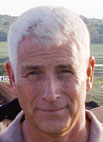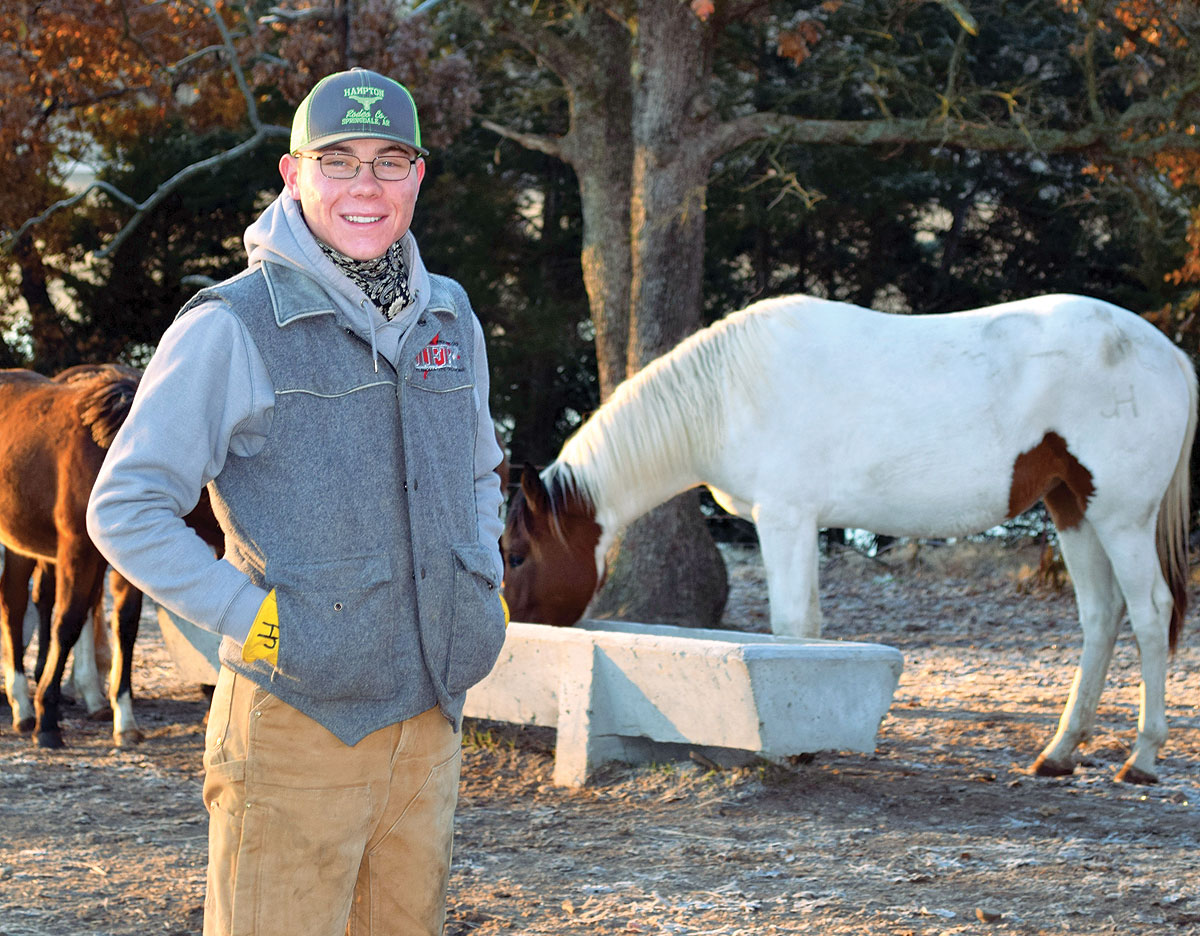
East of Tulsa, Okla., on Hwy 412, one can certainly tell where the farming life begins. It is almost instantly innocuous. No whirling sounds of emergency vehicles, no threats of crime and an immediate realization of a population decrease. North off of Hwy 412 outside of Inola, Okla., the winding road eventually turned into a one lane road, hovered trees and plentiful wildlife with an amazing stretch of a panoramic view of the Moore’s Fish Farm.
The Moore’s Fish Farm name is surprisingly self-effacing. It is more than aquaculture. Established in 1950 by the late George and late Bob Moore (brothers) the farm was predominately food fish and several head of cattle. Dianna Moore, daughter of George, took over the farm for the next 10 years until her passing. This left Dianna’s husband, Dewayne Mote and their son, Brandon along with his wife, Casey to re-evaluate the time-honored farming needs in order to be sustainable.
They augmented the herd of cattle to close to 100, increased the variety of fish and have a once a month catfish fry restaurant that generates around 300 visitors from surrounding cities. “We like diversity on our farm. That way if something doesn’t do well we have other things to fall back on,” Casey Mote said. They own 400 acres and rent 200 from their neighboring cousins and use approximately 100 acres for water which make up 54 ponds. “It is only the three of us, Dewayne, Brandon and me, which means we have to manage time wisely to get done what needs to be done,” Casey said. Brandon and Casey also have a 3-year-old son, Russell, who is always with them.
There is a myriad of attractive opportunities in cattle farming. Their Tigerstripe and Brahman influenced cows have proven to do very well. They are branded for their calving ease, superior insect resistance and great mothering. “We had been running Beefmaster and Santa Gertrudis bulls, but are switching to Brangus bulls to get black calves, which have a higher demand locally,” Casey said. They sell some of their calves to the market, feed some out for beef sales and keep replacement heifers.
“We have most of the cows together and have a split calving season in the spring and fall. We like this because we have income twice a year from the cattle. Plus, if a cow loses a calf she can rebreed with the next group and doesn’t sit open for as long,” Casey added. To safeguard the herd from coyotes, their adopted Bureau of Land Management (BLM) burros and Tigerstripe deter the tricksters. Rounding up the cattle the traditional horseback way provides greater ease than their utility truck but they still use both. They bale their own hay from their meadows and also as shares with local landowners.
To pick up the slack, aquaculture is a growing endeavor. Various types of fish have come ashore to spawn and grow, such as largemouth bass, channel catfish, crappie, hybrid/straight bluegill, tilapia, grass carp, fathead minnows and fingerlings. There are two kinds of aquaculture: extensive, based on local photosynthetic production and intensive, where fish are fed with an external food supply. Most of the fish have to be pellet trained since they do not feed on their own.
“We sell fish for pond stocking, fishing derbies, state/city contracts and for food,” Casey said. The tilapia undertaking started 10 years ago when the use was strictly as forage fish. The fish spawn in a tank, are put into a hatchery for seven days, transferred to a pond to grow to the size of fingerlings, seined by hand, transferred into a tank to grow, and then put back into the pond. They have high bacteria-resistance, reproduce quickly and have a great survival rate due to incubating in the mother’s mouth. “We are seeing a demand for the tilapia fingerlings for aquaponics, which encouraged us to add the greenhouse to dabble in growing produce,” explained Casey.
Aquaponics is the production of plant crops that utilize the waste water and organic matter derived from the aquatic animals. Two buildings are designated for the tilapia that contain a large biofilter, screen filter, swimming pool water heater and pumps that run a re-circulating system. The goal is to produce more fish.
Overcoming farming obstacles are challenges. Casey ended, “We do what works.”







